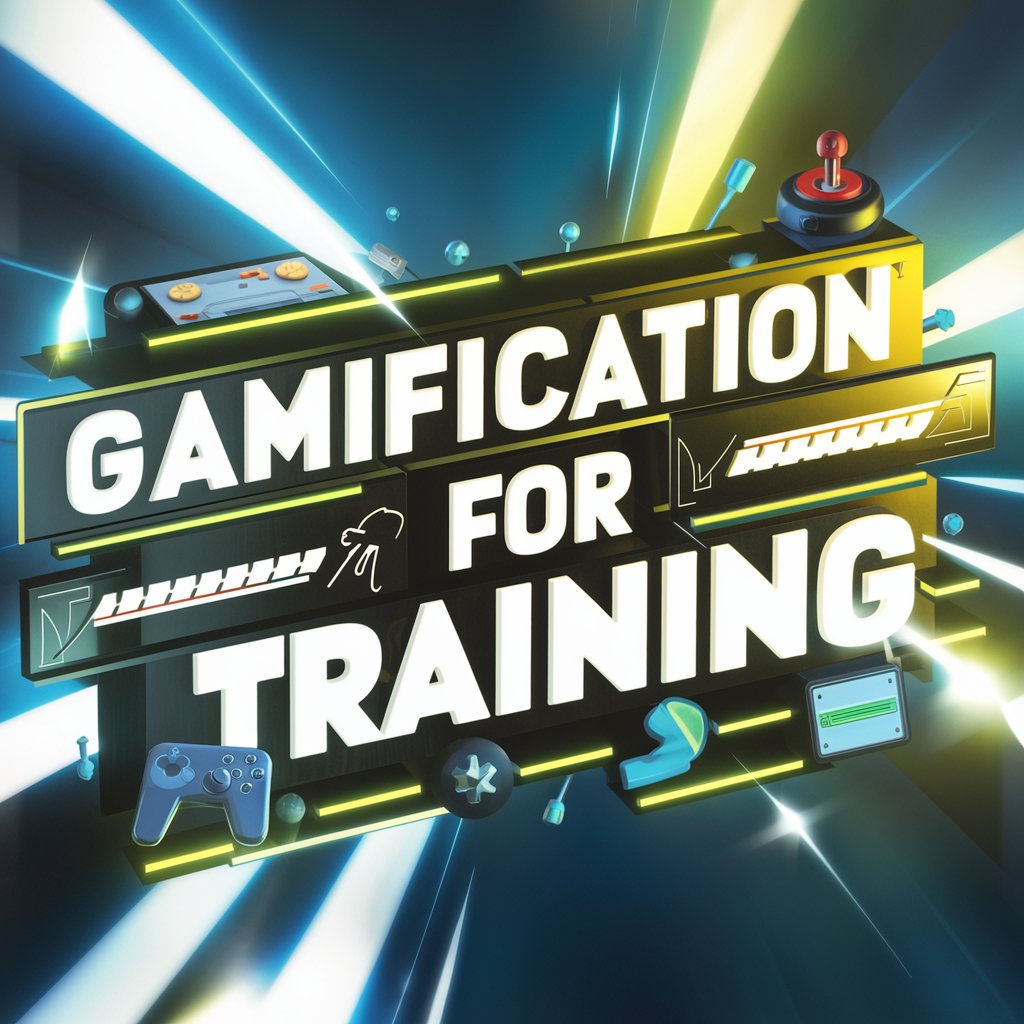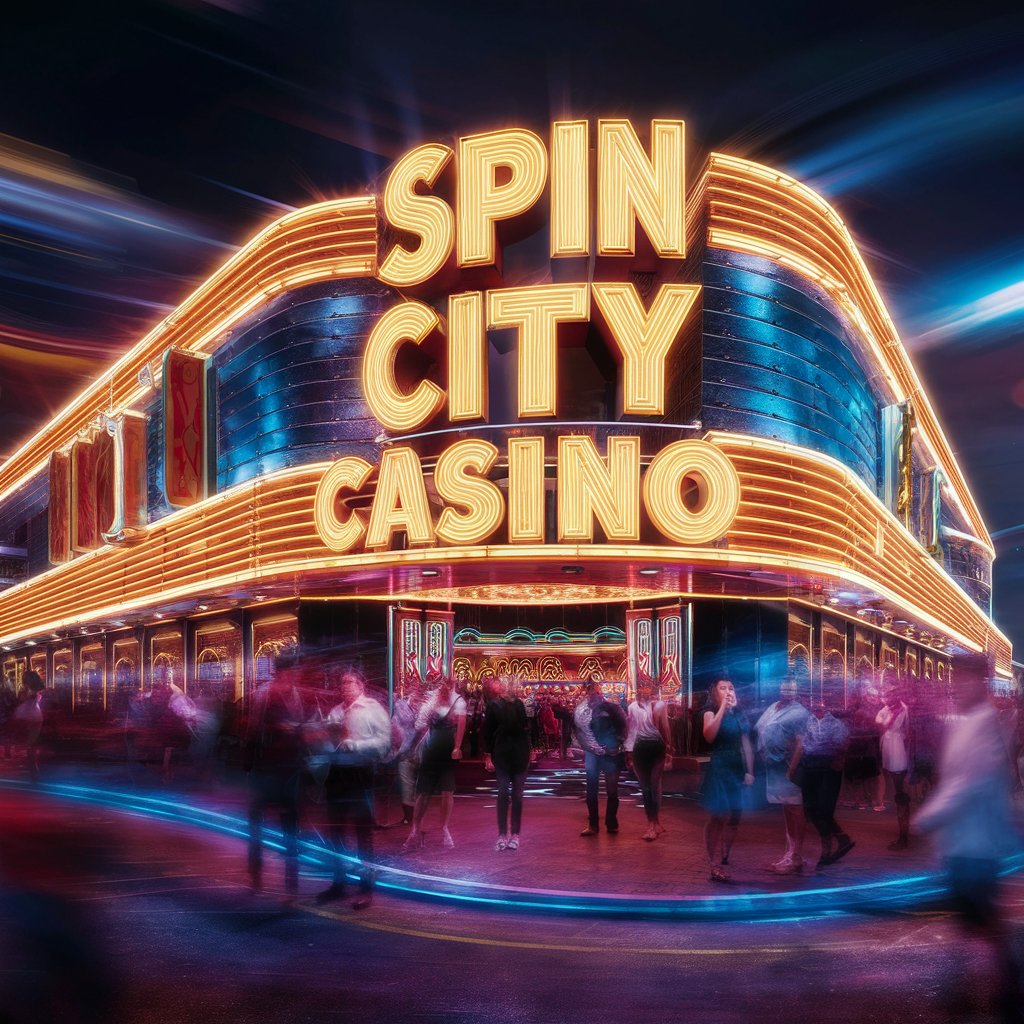Gamification, when done right, keeps users coming back. It adds fun and purpose to routine actions. Think of it like adding layers to a game: points, prizes, ranks, and progress. These features don’t just add sparkle—they help keep players engaged and loyal. In the realm of iGaming, where competition is intense and options are limitless, this is of utmost importance.
Holding on to players is cheaper than constantly attracting new ones. That’s a fact. Retention means players stay longer, spend more, and share the platform with others. While it’s not a complex process, it does require strategic planning. You cannot simply apply badges and hope for the best results. A smart strategy uses the top 7 gamification tactics in iGaming and turns casual visitors into regulars.
The truth is, individuals enjoy facing challenges, reaching significant milestones, and experiencing a sense of advancement. What’s the positive aspect? Gamification taps into all that. A player might log in just one more time to claim a reward or hit a target. That’s not luck. That’s design.
Stickiness in iGaming isn’t just about flashy graphics or bonus codes. It’s about keeping players involved without making it feel like a chore. When the fun and rewards are layered in just right, people notice—and they stay. If you fail to meet their expectations, they will quickly disappear.
1. Reward Systems That Keep Players Engaged
Players love to win. Even small wins matter. Give someone a few points, a badge, or a bonus—and bam, they feel seen. Rewards aren’t just fluff; they give folks a reason to stick around and come back for more. Gamified reward systems take over and perform the necessary tasks.
Loyalty Points and Progression Mechanics
Loyalty points are a classic move. Players earn points as they play. Those points add up, unlocking perks or leveling up. It’s simple math with a side of excitement.
Here’s what usually works well:
- Players earn points based on activity (deposits, games played, time logged in).
- Progress bars or level meters keep them in the loop.
- Milestones feel good. Everyone likes to “hit” something.
- Rewards scale up as loyalty increases. Do you enjoy the “VIP” experience? People dig it.
It’s not always flash. Sometimes, just seeing progress makes players stick. They’re like, “I’ve come this far; might as well keep going.”
Real-Value Incentives (Cashback, Free Spins)
Cold, hard value grabs attention real fast. Real stuff beats virtual fluff—most of the time anyway.
Popular incentives that players often go for:
- Cashback on losses: “Lost a little? Here’s something back.”
- Free spins: Even 10 spins can feel like a jackpot.
- Reload bonuses: “Top up today and snag 20% extra.”
- Time-based promos: Act fast or miss out. That urgency hits different.
Gamers aren’t going to ignore the chance to play for free or win back some cash. Even if it’s small, it counts.
Virtual Achievements and Trophies
This stuff taps into the “show-off” gene. Let’s be real—players love collecting shiny things. It doesn’t matter if it’s a digital crown or a bronze star. It’s the feeling.
Common virtual reward types:
- Badges for completing certain games or actions
- Trophies for milestones (like 100 logins or big wins)
- Status levels that stick (Gold, Silver, Platinum—you know the drill)
- Unlockables: Bonus rooms, hidden games, secret offers
Half the time, folks chase these not for the prize but for bragging rights. It’s wild how a little animated medal can do so much work.
2. Daily Challenges and Mission-Based Goals
Getting players to log in every day? Encouraging players to log in daily is crucial. Daily tasks and timed goals give them a nudge, a reason to show up again—even if it’s just for five minutes. It feels like a quick win, and folks love that.
Scheduled Mini-Games to Increase Daily Logins
When something new drops daily, players peek in. Curiosity kicks in like, “What’s today’s thing?” That little moment can lead to longer play.
Stuff that tends to work:
- Spin-the-wheel games that reset daily
- Trivia or puzzle mini-games with small prizes
- Daily login streak rewards (stack up bonuses for not missing a day)
- “Today Only” bonus rounds that vanish after 24 hours
You toss in some fun with a side of reward, and folks think, “Well, why not?” It’s low effort but high return for both sides.
Time-Bound Missions to Increase Session Length
Time pressure can push players to stay longer. If they know something’s ticking, they stick. They don’t want to miss out on progress—or that sweet ending.
Common examples:
- “Finish 5 rounds in 20 minutes” challenges
- Complete-a-series missions (win this, spin that, claim this)
- Hourly goals that reward longer play sessions
- Timer-based unlocks for new game features
They start with one task, and next thing you know—they’re still playing 30 minutes later. It’s sneaky, but in a good way.
All in all, when play feels like a quest or a checklist with goodies at the end, people are more likely to stick around. Short missions, clear goals, and just enough pressure make it click.
3. Leaderboards That Trigger Competitive Play
People love seeing their name climb a list. It’s that tiny spark of competition that turns casual play into “just one more round.” Leaderboards ignite this competition quickly. They tap into pride, ego, and even a little bit of FOMO. That combo? Pure gold.
Social Mechanics of Scoreboards
Leaderboards aren’t just numbers. They tell stories—who’s on fire, who dropped off, and who’s chasing the top spot. Such activity creates buzz. Players want to beat friends, strangers, anyone in sight. It’s like a mini brag zone.
Common ways scoreboards drive action:
- Global rankings: Everyone can see where they stand
- Friend-only leaderboards: Personal and way more fun
- Weekly reset boards: Give fresh players a real shot
- Public shoutouts: Top players get highlighted in-game
This stuff builds a vibe. Suddenly, players aren’t just playing—they’re playing to win. And trust me, they feel it.
Segment-Based Leaderboards (VIP, Beginners)
Not everyone is interested in competing against a high roller. Smart games split the competition into smaller slices. This way, newbies aren’t squashed, and VIPs still get a real challenge.
Typical leaderboard segment ideas:
- Beginner boards: Only for newer players under level X
- Mid-tier boards: Balanced competition, decent prizes
- VIP-only rankings: Big players, big stakes, big rewards
- Region-based scoreboards: Local pride kicks in fast
Breaking it down like this helps everyone feel like they’ve got a shot. Even if you’re not the best, you’re still in the race.
Leaderboards work because they speak to that “me vs. them” spark. It doesn’t have to be serious—it just has to feel winnable. Toss in a few prizes, and boom, players keep climbing.
4. Progress Bars and Milestone Tracking Tools
Let’s be real—watching a bar fill up is weirdly satisfying. That little graphic? It works. Progress bars keep people hooked, even if they’re just 10% in. The visual boost gives players that “keep going” vibe without needing a full-on prize.
Visual Representation of User Advancement
Humans like seeing how far they’ve come. Progress bars, streak meters, and goal trackers give that instant feedback. They’re simple, yet powerful tools.
Common ways to show progress:
- XP bars for leveling up
- Daily streak meters showing login consistency
- Challenge completion circles that fill with each step
- Goal trackers with checkpoints that light up one by one
That “almost there” feeling? It’s real. People hate leaving things half-done. That’s where this stuff hits just right.
Triggering Dopamine Release for Repeat Actions
Every step forward triggers a tiny “feel good” boost in the brain. Ding! Level up. Boom! One more step finished. These moments push people to come back—even when they didn’t plan to.
Gamified dopamine loops often use
- Mini-celebrations for milestone completions (confetti, pop-ups, sound effects)
- Color changes in progress bars as players move up
- Flashy “next-level” teasers to tempt further play
- Delayed reward reveals that trigger curiosity
It isn’t always about big prizes. Sometimes, just the bar moving is enough to pull folks in for round two, three…or ten.
Therefore, incorporate a progress bar, establish distinct milestones, and allow the system to operate autonomously. Players don’t even notice how hooked they’ve gotten.
5. Personalized Gamified Experiences
Let’s face it—players don’t all like the same stuff. What captivates one person might not engage another. So instead of throwing the same old thing at everyone, platforms can tailor the fun. When it feels like the game gets them, players stick around way longer.
AI-Based Offer Personalization
Artificial intelligence knows what players click, skip, chase, and drop. Use that data smartly, and the system can start sending stuff players actually care about. That’s when engagement picks up.
Ways AI personalizes gameplay:
- Bonus offers based on player behavior
- Suggested games matched to previous wins or plays
- Targeted missions tied to favorite game types
- Timed deals when a player is most active
It’s like getting a nudge from the game that says, “Hey, you’ll like this.” Players feel seen—even if they don’t realize it’s code doing the work.
Adaptive Game Content and Rewards
Games that adapt in real time? Super sticky. The more someone plays, the smarter the system gets. Soon, the experience starts bending toward the player’s style. That’s when it clicks.
Examples of adaptive gamification:
- Reward drops adjusted by playing patterns
- Levels that shift in difficulty based on skill
- Daily tasks tuned to what a player usually completes
- Event invites linked to a user’s favorite modes or stakes
No two players walk the same path. If the game shifts to follow them, it feels fresh—even when they’ve been around for ages.
So yeah, personalization isn’t just a “nice touch.” Personalization serves as a key to improve retention.
6. Badges and Status Recognition Features
People like to feel important. Whether it’s a shiny badge or a VIP tag, players get a buzz from being noticed. That tiny icon next to their name? Recognition can have a profound impact. Recognition builds pride—and pride keeps ‘em playing.
Status-Driven Engagement Through Tiers
Tiers make players feel like they’re climbing. One level up, and they’re already chasing the next. Higher ranks unlock perks, but more than that—they show off progress. That’s power.
Popular tier mechanics:
- Bronze, Silver, Gold, Platinum setups
- Tier-only rooms or bonuses for higher-level users
- Visual upgrades to player profiles (crowns, colors, icons)
- Auto-leveling based on total activity or spend
Folks don’t want to be “just another player.” Give them a title, and they’ll work to keep it. Even grind for it if the payoff feels right.
Badge-Triggered Offers for Player Motivation
Badges are like little trophies. Some players collect them just to show off. Others? They want what comes with them—special access, bonuses, or bragging rights.
Effective ways to use badges:
- Rewarding consistent logins (like “7-Day Streak Champ”)
- Special badges for high-stakes wins
- Unlocking bonuses after earning specific badges
- Badge collections that trigger limited-time offers
What makes it enjoyable? Players don’t always chase the biggest win. Occasionally, they just want to fill a badge wall. That visual goal encourages people to stay and play longer than they originally intended.
Give them something they can show off, and they’ll keep coming back to earn more.
7. Social Sharing and Referral Gamification
When players bring friends or show off wins, it spreads the fun. It’s like saying, “Hey, look what I did!” Sharing turns play into buzz. Add a reward, and people start inviting everyone in their contact list. Easy win.
Social Rewards for Referrals and Challenges
Players love getting stuff for doing what they’d do anyway—like pulling in a buddy. Referrals make folks feel helpful and give them something in return. Win-win all around.
What usually works well:
- Bonus credits or free spins for each invited friend
- Tiered rewards (more invites, better prizes)
- Referral-only contests where top inviters get spotlighted
- Team challenges where buddies win as a group
Even if players just text one pal, the system grows. People trust their friends way more than ads. That’s just real talk.
Integrating Gamified Shareable Moments
Have you ever hit a giant win and wished someone saw it? That’s where shareable moments come in. Let players flex a little. Give them tools to show off with flair.
Fun ways to gamify sharing:
- Instant share buttons for big wins or badges
- Custom graphics with player stats ready to post
- Social leaderboards visible to friends
- Mini-challenges that spread across friend circles
A quick screenshot, a tap to post, and suddenly their whole feed sees the action. And curiosity? That pulls in more players.
Therefore, if the content is visually appealing and offers a prize or bragging rights, people are likely to share it without hesitation.
Conclusion: Aligning Gamification with Retention KPIs
When gamification aligns with both business objectives and player preferences, it seamlessly integrates. If it’s fun but pointless, folks lose interest fast. And if it’s all metrics with no heart? Same result. The trick is keeping it balanced. Make it feel good and work smart.
Aligning Mechanics with Business and User Goals
You have to line things up. Players should feel like they’re winning something real, and the platform should see better retention, session length, and revenue. That’s how gamification for casinos becomes more than a gimmick.
What makes it click:
- Rewards that match actual player behavior
- Tiers and badges tied to meaningful action
- Tasks that push both fun and frequency
- Personalized paths that guide user progression
When the experience aligns with the player’s drive and meets the KPIs, you’re in the optimal position.
Encourage Testing and Iteration
Don’t just set it and hope. Gamified features need to be tested, tweaked, and fine-tuned. What works for one group might flop with another. So test small, look close, and shift quick if it isn’t hitting.
Best testing habits:
- A/B test missions, offers, and badge systems
- Track how features affect daily logins or session time
- Get feedback straight from users in-app
- Adjust reward frequency based on activity patterns
Keep what clicks, ditch what flops, and try again. That loop builds better systems over time.
If the goal is to boost loyalty, keep players hyped, and hit retention numbers, then using the top gamification tactics to improve iGaming retention is a solid move. Smart design paired with player joy? That’s how you win on both sides.






